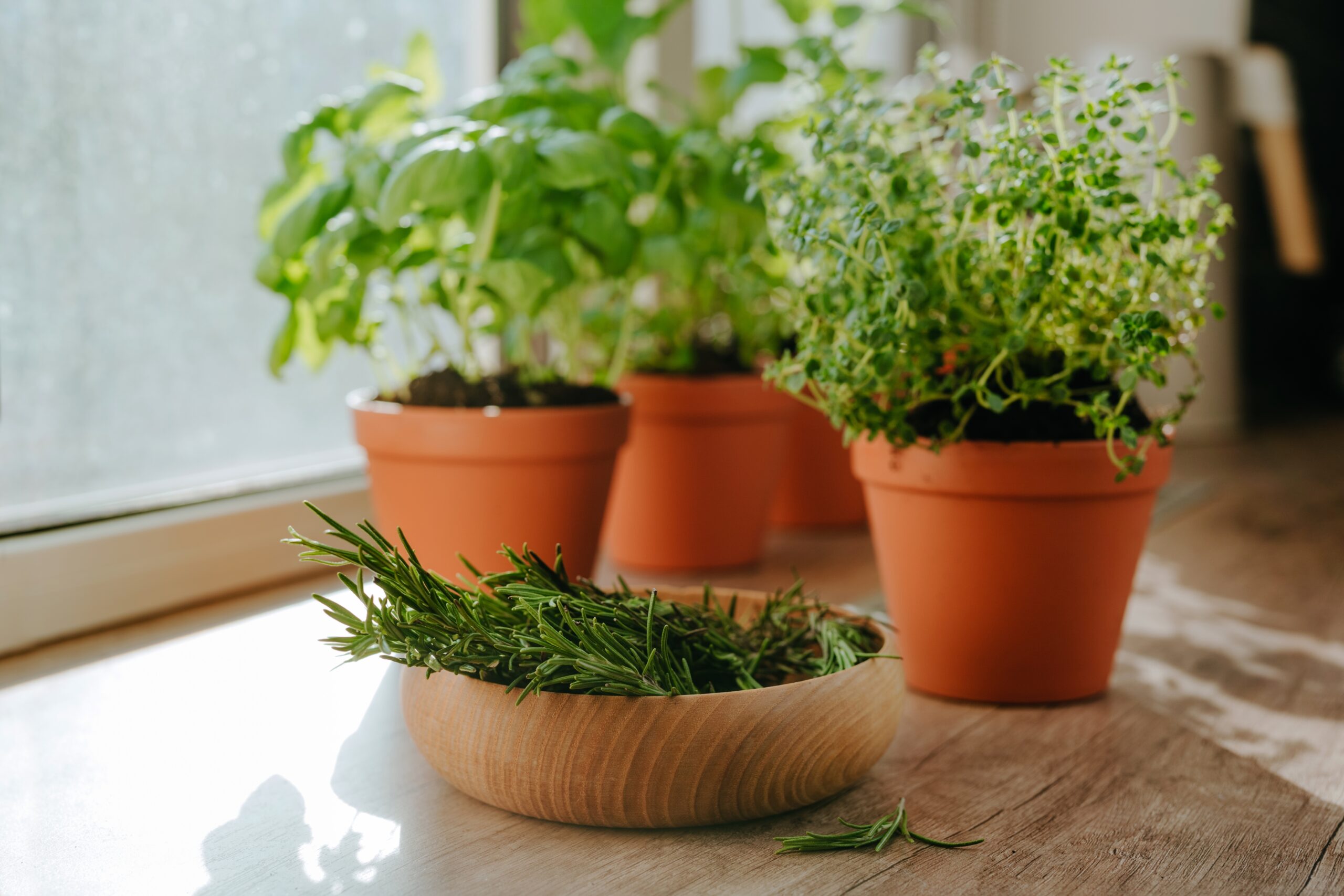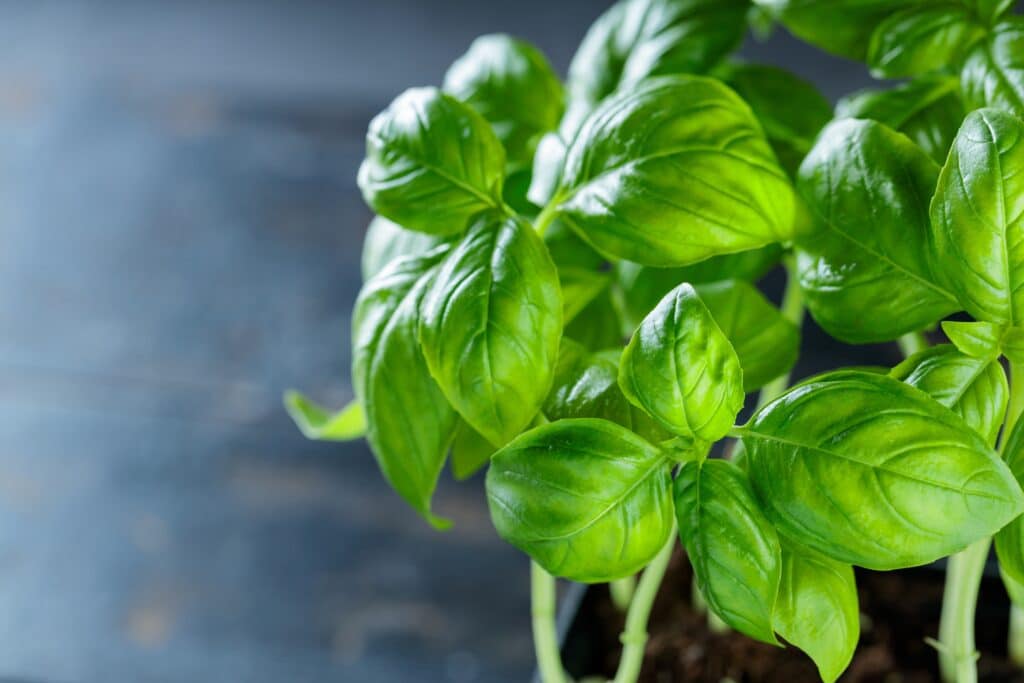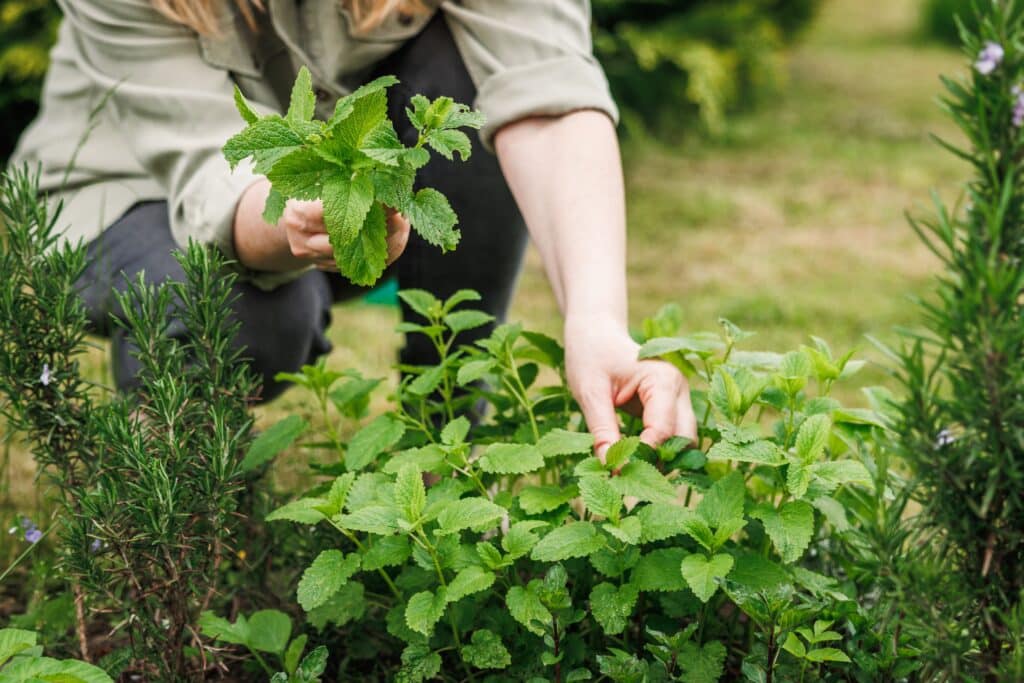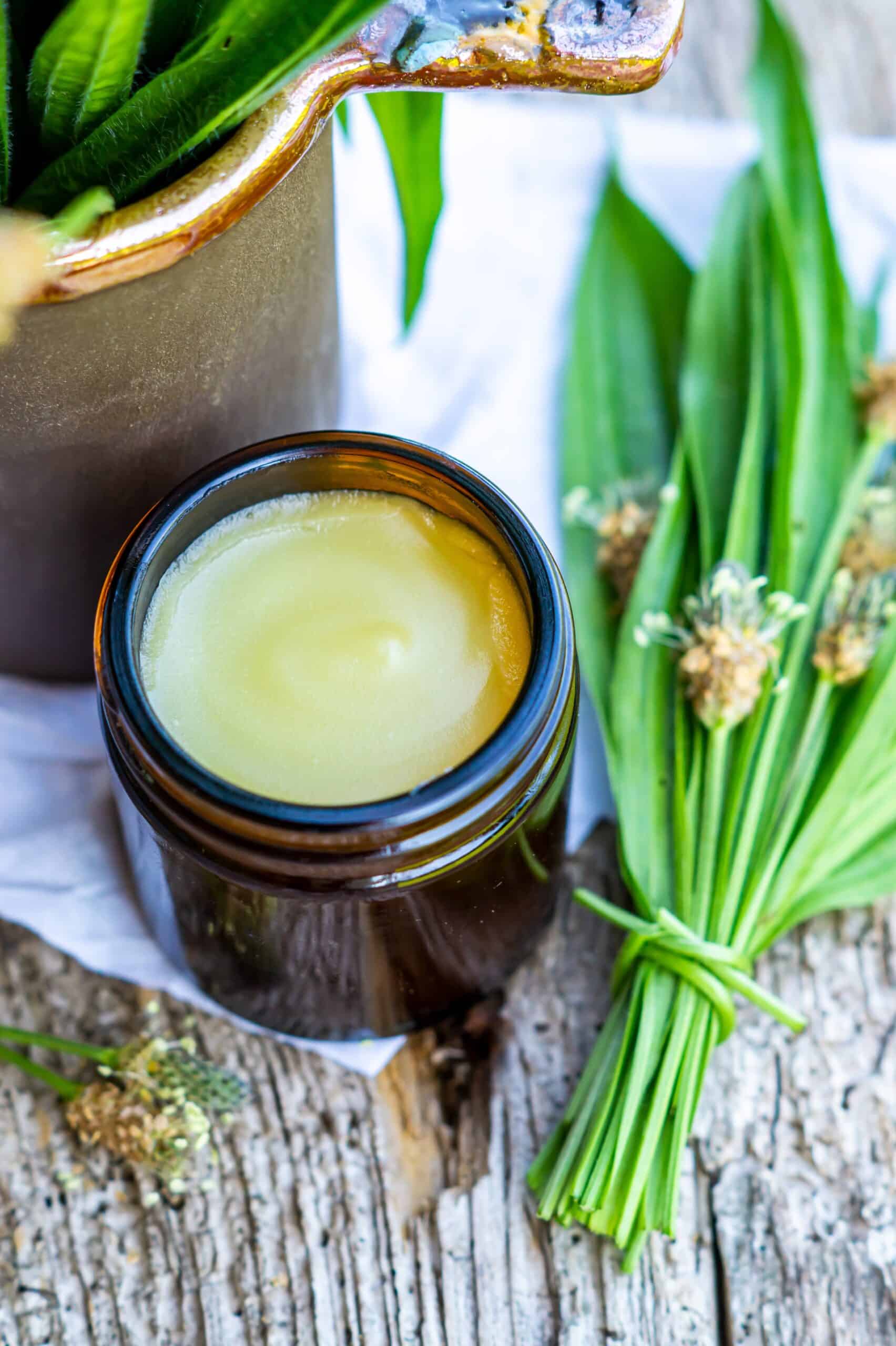
10 Must-Have Herbs for Every Kitchen (and How to Use Them)
A beginner-friendly guide to fresh flavour and herbal confidence.
Herbs are essential for transforming everyday cooking into something extraordinary — adding flavour, colour and nutrition with just a handful of leaves. This guide introduces you to 10 must-have herbs that every home cook should know. You’ll learn what each herb tastes like, which dishes they shine in, and how to get the most out of them — whether fresh or dried. Designed for beginners, this article will boost your confidence in the kitchen and help you turn simple meals into something special.
Outline
- Introduction: Why Herbs Matter in Cooking
- 10 Must-Have Kitchen Herbs
- Fresh vs. Dried Herbs: When to Use What
- How to Store and Preserve Herbs
- Final Thoughts: Your Herbal Cooking Adventure Begins
Introduction: Why Herbs Belong in Every Kitchen
Herbs are the backbone of good cooking. They lift bland dishes, add fragrance and colour, and bring a world of flavour without the need for artificial additives or extra salt. Whether you’re stirring a stew or sprinkling a salad, herbs give your food depth, balance and personality.
Not sure where to start? Here are 10 easy, essential herbs every home cook should know — plus how to use them like a pro.

1. Basil
Flavour: Sweet, peppery, slightly minty
Best in: Pesto, tomato sauces, salads, sandwiches
- Fresh basil is a staple in Italian and Southeast Asian cuisine.
- Add it at the end of cooking to preserve its delicate aroma.
- Try: Tomato & mozzarella salad, Thai green curry, homemade pesto.
Pro Tip: Never refrigerate fresh basil — it turns black. Store it like fresh flowers, in water on the counter.
2. Parsley
Flavour: Fresh, grassy, mildly bitter
Best in: Soups, dressings, grains, garnish
- Use flat-leaf parsley for cooking and curly parsley for garnish.
- Chop it finely to add brightness to rich dishes or sauces.
- Try: Tabbouleh, chimichurri, sprinkled on top of roasted potatoes.
3. Thyme
Flavour: Earthy, slightly floral, savoury
Best in: Roasts, stews, vegetables, marinades
- Thyme stands up well to long cooking times — great in slow roasts or soups.
- Use whole sprigs and remove before serving, or strip the leaves for more precision.
- Try: Lemon-thyme chicken, roasted root vegetables, beef stew.
4. Rosemary
Flavour: Piney, bold, slightly minty
Best in: Lamb, potatoes, breads, grilled meats
- A little goes a long way — use sparingly.
- Excellent with oven-roasted dishes and bread doughs.
- Try: Focaccia, rosemary roasted potatoes, grilled lamb chops.
Pro Tip: Infuse olive oil with rosemary for a fragrant finishing oil.
5. Oregano
Flavour: Warm, slightly bitter, robust
Best in: Tomato sauces, pizza, Mediterranean dishes
- Commonly used in dried form, but fresh oregano is more aromatic.
- Essential in Greek and Italian cooking.
- Try: Pizza sauce, Greek salad dressing, roasted tomatoes.
6. Chives
Flavour: Mild onion
Best in: Eggs, cheese, potatoes, dips
- Chop finely and use as a garnish or stir-in just before serving.
- Great with creamy dishes like sour cream dips or scrambled eggs.
- Try: Chive cream cheese, baked potatoes, egg salad.
7. Mint
Flavour: Cool, sweet, refreshing
Best in: Drinks, salads, sauces, desserts
- Not just for mojitos — mint adds a pop of freshness to savoury dishes too.
- Excellent with lamb, couscous, and summer fruit.
- Try: Mint tea, tzatziki, watermelon-feta salad.

8. Dill
Flavour: Tangy, fresh, slightly sweet
Best in: Fish, pickles, dressings, potatoes
- A favourite in Scandinavian and Eastern European cuisines.
- Loses flavour when cooked — best added last.
- Try: Salmon with dill butter, potato salad, dill pickles.
9. Coriander (Cilantro)
Flavour: Bright, citrusy, divisive!
Best in: Curries, salsas, chutneys, Mexican and Indian dishes
- Some people taste soap — others find it refreshing and bold.
- Use both leaves (fresh) and seeds (dried, ground) in different dishes.
- Try: Guacamole, Thai larb, Indian chutneys.
✨ Pro Tip: Add fresh coriander at the end of cooking for best flavour.
10. Sage
Flavour: Earthy, warm, peppery
Best in: Stuffing, sausages, brown butter sauces
- Strong and aromatic — great for autumn and winter dishes.
- Pairs beautifully with butternut squash, pumpkin, and poultry.
- Try: Sage butter pasta, pork sausages, Thanksgiving stuffing.
Bonus: How to Stock Your Herb Rack
| Fresh or Dried? | Use When |
|---|---|
| Fresh herbs | You want bright, vibrant, subtle flavour (e.g. basil, mint, parsley) |
| Dried herbs | You’re cooking low and slow, or want intensity (e.g. oregano, thyme, rosemary) |
Store dried herbs in airtight containers, away from light and heat. Replace every 6–12 months for maximum flavour.
Final Thoughts: Start Small, Taste Big
You don’t need a culinary degree or an indoor garden to start cooking with herbs. Begin with just 2–3 core herbs, experiment in your favourite recipes, and soon you’ll be seasoning like a chef.
Flavour is in your hands — one pinch at a time.
